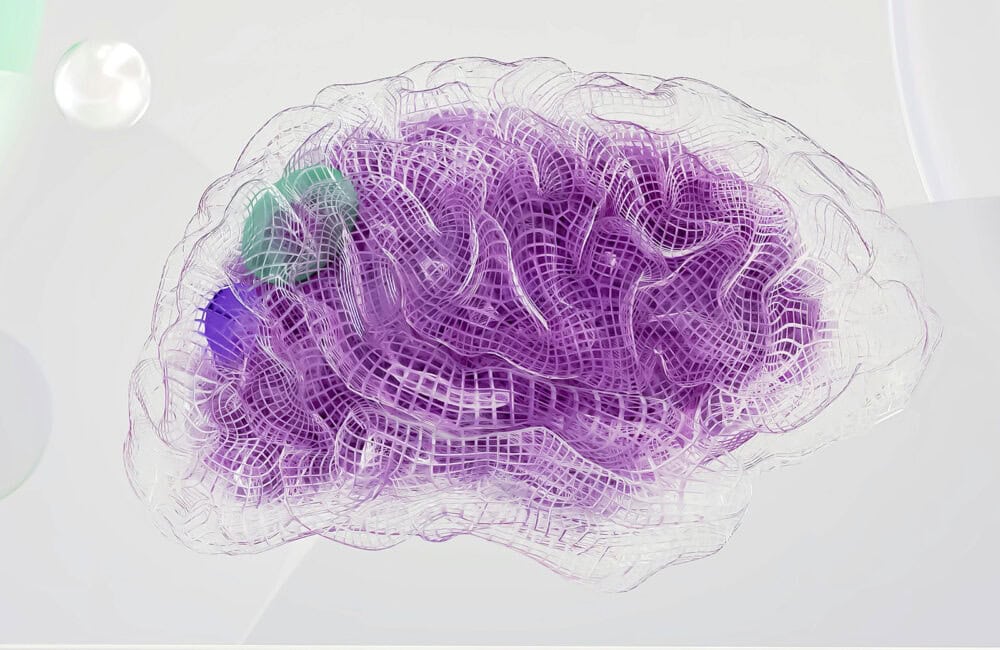Web designers employ user testing to evaluate a website’s functionality and overall UX (user experience). Various methods are used to gather feedback, but they all boil down to observing how users interact with the UI (user interface).
The primary goal of user testing is to uncover problems so they can be fixed before they impact the UX. User testing can even improve a website by opening up areas for improvement that the design team hasn’t thought of.
User testing is more valuable, the more data there is to analyse. And what do we know is good at rapidly analyzing large amounts of data? Yes, AI (artificial intelligence).
AI has transformed the user testing industry, making many testing techniques redundant.
How We Got Here
User testing began at the birth of the web as we know it. Initially the focus was entirely on basic usability. Designers couldn’t fall back on their experience, because they didn’t have any, so user testing was vital to ensure websites worked. Back then the tools and techniques were very basic; more often than not user testing involved watching a user try to perform a task and making notes.
There was a surge in web development in the 2000s as companies started to recognize the financial benefits of websites. It became vital to test a more comprehensive user group than your Mom, and Karen in reception — remote usability testing emerged to increase the pool of potential users.
Around the same time as remote user testing, website analytics arrived. Strictly speaking, analytics aren’t testing tools, but when used in conjunction with remote testing analytics, they give us great insight into how users are reacting to websites.
The user testing industry entered an arms race, when every company offering testing tried to out-do its rivals. Eye-tracking, A/B testing, heatmaps, paid human testers, and combined approaches all vied for the credit card details of web designers. But no matter how sophisticated the tools are, nothing has prepared the user testing industry for the impact of AI.
AI provides deeper, richer insights into user behavior. AI automates data collection, analysis, and reporting. In some cases AI is even able to reliably predict the results of user testing without performing the actual tests.
Do We Still Need User Testing?
The need for user testing hasn’t reduced. If anything, it is more critical now that AI-enhanced testing insights are available to everyone. There are a number of benefits to user testing that AI has not diminished:
- Fix Issues Early: User testing allows designers to fix issues early in the process. Perhaps even before a prototype has been created, this saves time and resources and prevents costly redesigns down the road.
- Design Validation: User testing resolves disagreements or indecision within the design team. Rather than making subjective decisions, user testing allows designers to make decisions based on user preference.
- Feature Selection: User testing helps designers prioritize which features and functionality should be included in a design.
The one thing that each of these benefits has in common is that they occur earlier in the design process. Traditional user testing tended to happen towards the end of the process when there was a working prototype, and therefore something for users to test; that stage has largely been supplanted by AI. As a result, the industry has shifted focus to the point in the process that AI can’t test.
User testing is, of course, still vital in a website project. Websites with more complete user testing tend to perform better. But pressure from AI means that much of that testing now takes place earlier in the process.
AI In User Testing
It’s scarce to find an area of human endeavor that isn‘t being impacted by AI, and user testing is no exception. Because AI is superb at collecting and organizing data, it can monitor many more clicks, scrolls, and interactions than a human can.
AI tools can quickly analyze vast amounts of data to identify patterns and trends. Designers can have the answer to any question in seconds rather than weeks. What’s more, AI tools can repurpose data rapidly so that stakeholders can easily understand findings and make informed decisions.
AI is also excellent at recognizing trends that a human analyst might miss. It is able to detect subtle trends that provide deeper insights into how users interact with a website.
AI can also predict user behavior based on historical data, allowing it to speculate on potential issues and solutions. This means that websites with lower traffic can still benefit from large testing groups.
AI-powered user testing is highly scalable, allowing businesses to conduct extensive tests without proportional increases in cost or time. This scalability is particularly beneficial for large-scale projects or websites with diverse user bases. Scalable AI solutions ensure consistent quality and performance across different segments and geographies.
As AI in user testing is developed over the next few years, it will be able to adapt data to help create more personalized experiences. It is also more suited to analyzing fine distinctions in face recognition and voice commands. As technology continues to evolve, AI testing will be an essential element in ensuring humans aren’t forgotten.
Conclusion
User testing remains an essential aspect of web design, evolving significantly from its early days of basic usability checks to today’s sophisticated, AI-enhanced methodologies. Despite the transformative impact of AI, the core objective of user testing — uncovering issues and improving user experience — has not changed. AI has enhanced the process by automating data collection, analysis, and reporting, providing deeper insights, and predicting user behavior. This integration allows designers to make more informed decisions swiftly and accurately.
AI will not only continue to play a crucial role in user testing, but its importance will grow over time. AI will not kill the user testing industry; on the contrary, AI has enhanced it.
